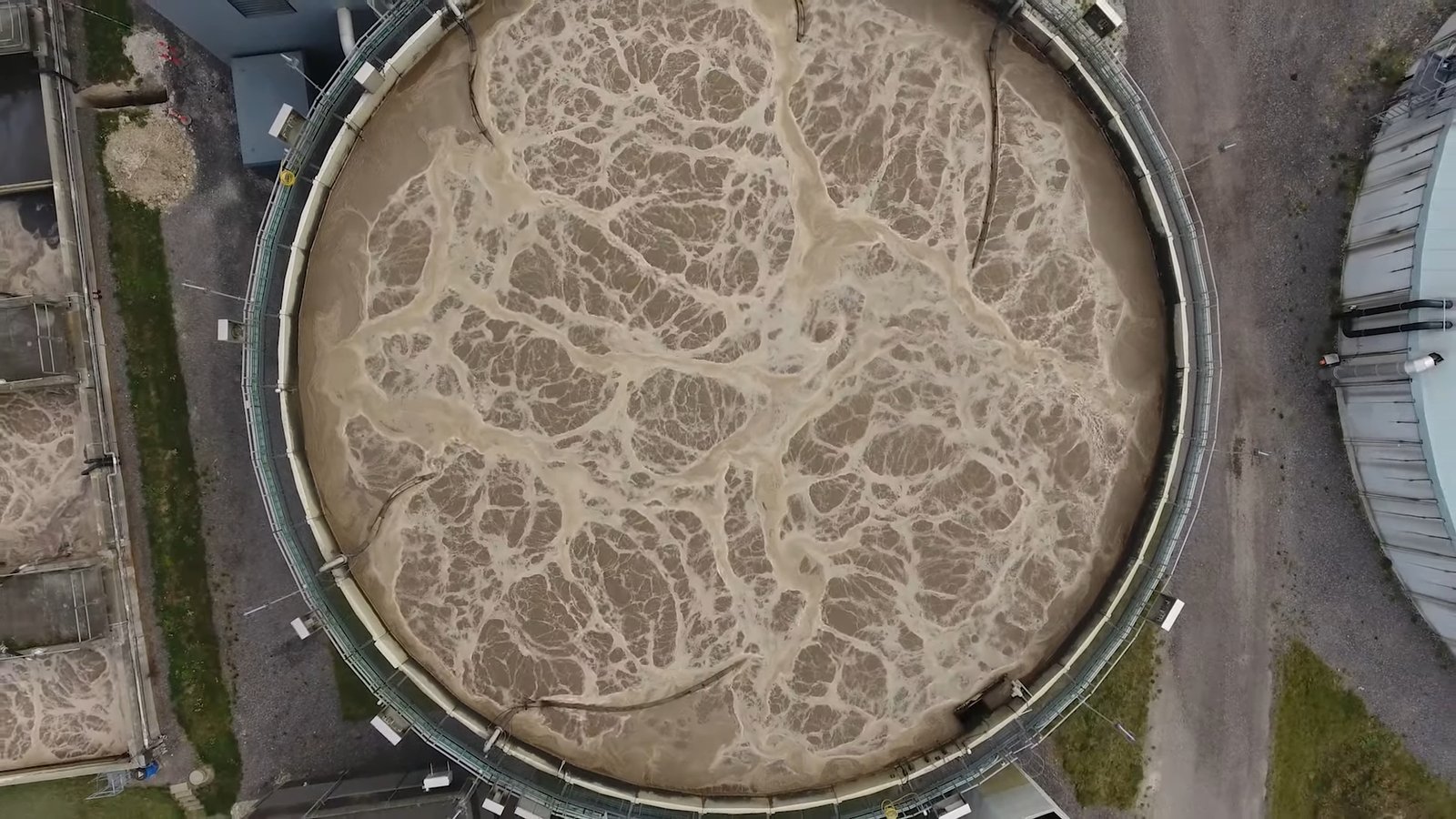Memphis South – T.E. Maxson Wastewater Treatment Plant

In the bustling city of Memphis, Tennessee, the Memphis South – T.E. Maxson Wastewater Treatment Plant stands as a towering beacon of environmental stewardship and urban resilience. Serving a significant portion of the population and playing a key role in keeping the city’s waterways clean, this facility is essential for both public health and ecological balance.
History and Overview
Named after T.E. Maxson, an engineer who contributed significantly to Memphis’s wastewater management infrastructure, the Memphis South Wastewater Treatment Plant was commissioned to meet the growing needs of a city on the move. Since its inception, it has experienced several upgrades and expansions to accommodate increasing wastewater volumes and stricter regulatory standards. The facility effectively cleanses millions of gallons of wastewater each day, transforming what could have been a grave environmental hazard into purified water suitable for release back into the ecosystem.
Population Served and Wastewater Volume
The T.E. Maxson facility is a crucial element in the infrastructure serving a substantial portion of the Memphis metropolitan area. Memphis is the largest city in Tennessee, with a population exceeding 650,000 residents. The plant itself takes care of over 230,000 of these citizens, ensuring their wastewater is treated thoroughly before it re-enters local water systems.
Annually, the plant processes about 60 million gallons per day (MGD) under normal conditions, with the capacity to handle peak flows that can reach up to 120 MGD during storm events. This capacity underscores the plant’s importance in mitigating the impacts of heavy rainfall and subsequent runoff, which is imperative for preventing floods and environmental contamination.
Treatment Capacity and Technological Sophistication
The facility’s treatment process is multi-staged, designed to extract contaminants and pollutants at various levels. The primary treatment phase involves screening out large objects and allowing sediments to settle. Following this, the secondary treatment phase employs aeration and biological processes to degrade organic matter. Finally, the tertiary treatment phase incorporates advanced filtration and disinfection techniques to remove any remaining impurities, including harmful pathogens and chemicals.
Innovation is not a stranger at the T.E. Maxson facility. Memphis South Wastewater Treatment Plant has implemented cutting-edge membrane bioreactors (MBRs), ultraviolet (UV) disinfection, and real-time monitoring systems that utilize artificial intelligence for optimizing its operations. These technological advancements ensure that the plant adheres to stringent environmental regulations set forth by both state and federal authorities.
Recent Local News and Developments
The T.E. Maxson Wastewater Treatment Plant has been in the spotlight recently due to several key developments:
Infrastructure Improvement Projects
In 2022, the City of Memphis announced a significant investment aimed at upgrading the T.E. Maxson facility. A $250 million project seeks to modernize the plant’s aging infrastructure and incorporate sustainable practices. The project includes the expansion of its secondary treatment facilities and the installation of new anaerobic digesters, which are expected to reduce the plant’s carbon footprint while generating biogas as a renewable energy source.
Emergency Response and Resilience
In early 2023, the facility demonstrated its resilience during a severe weather event that flooded many parts of Memphis. Thanks to its robust emergency preparedness plan and technologically advanced systems, the plant managed to handle an overwhelming surge in wastewater volume without compromising on the quality of discharge. This event highlighted the plant’s critical role in safeguarding public health during extreme weather conditions.
Regulatory Compliance and Environmental Stewardship
Regulatory compliance remains a cornerstone of the plant’s operations. In 2021, the Tennessee Department of Environment and Conservation (TDEC) conducted an extensive review of the facility. The T.E. Maxson Wastewater Treatment Plant not only met all existing standards but was also praised for its proactive measures in addressing future regulatory changes, particularly concerning nutrient removal and effluent quality.
Key Projects and Future Outlook
The plant has several ongoing and upcoming projects that are poised to transform its service delivery:
Advanced Nutrient Removal Systems
To align with upcoming stringent regulations aimed at controlling nutrient pollution in water bodies, the T.E. Maxson facility is investing in advanced nutrient removal systems. These systems are designed to eliminate nitrogen and phosphorus, which are primary contributors to eutrophication—a process that can lead to harmful algal blooms in downstream water bodies.
Renewable Energy from Waste
The push towards sustainability has led the plant to explore renewable energy initiatives. The new anaerobic digesters will not only treat organic waste more efficiently but also capture methane gas generated during the process. This methane can be converted into biogas, providing a renewable energy source that can power parts of the facility, thereby reducing its overall energy consumption from non-renewable sources.
Community Engagement and Education
Public participation and community engagement are pivotal aspects of the plant’s operations. The facility conducts regular tours for local schools and environmental groups to educate the public about the importance of wastewater treatment. Additionally, the City of Memphis has initiated several platforms for public consultations and feedback on the plant’s ongoing projects and operational practices.
In 2023, a community engagement initiative was launched—the Green Memphis Partnership, a collaboration between the plant, local environmental NGOs, and community leaders aimed at promoting sustainable practices among residents. Through workshops, seminars, and outreach programs, the partnership seeks to raise awareness about water conservation, recycling practices, and the ecological impacts of improper waste disposal.
Conclusion
The Memphis South – T.E. Maxson Wastewater Treatment Plant is more than a facility; it’s a linchpin in the city’s quest for sustainable growth and environmental stewardship. Serving over 230,000 people and processing significant volumes of wastewater daily, the plant is a testament to the dedication of Memphis to public health and ecological balance.
Through its robust treatment processes, state-of-the-art technology, and ongoing infrastructure projects, the T.E. Maxson facility showcases what’s possible when a community invests in sustainable practices and forward-thinking strategies. As it adapts to future challenges through groundbreaking projects and community involvement, the T.E. Maxson Wastewater Treatment Plant remains an indispensable asset not just for Memphis, but as a model for urban wastewater management worldwide.
In an era where water scarcity and environmental degradation are pressing global concerns, the achievements and ongoing efforts at the Memphis South – T.E. Maxson Wastewater Treatment Plant stand as a beacon of what can be achieved with determined, innovative, and inclusive approaches to managing one of our most precious resources—water.


